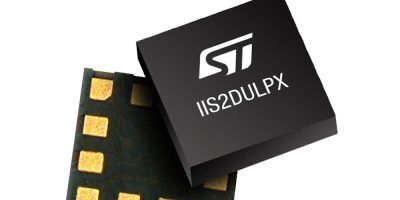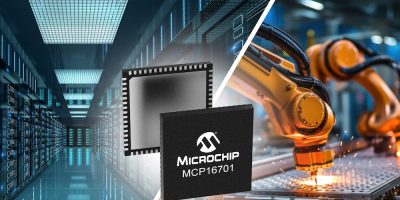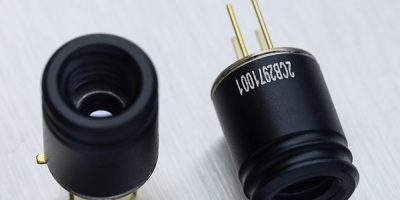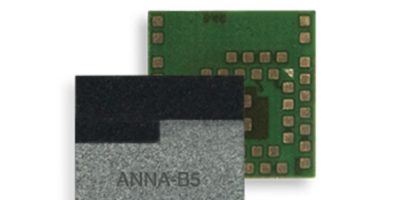ST’ IIS2DULPX industrial MEMS accelerometer combines machine learning, power saving, and capability to operate at high-temperature, facilitating intensive sensorisation for smarter, data-driven operations and decision making in asset tracking, robotics, and factory automation, as well as industrial-safety equipment and healthcare devices.
With in-sensor AI to relieve the host processor and automatic self-configuration to optimise power consumption, the IIS2DULPX lets equipment makers build maintenance-free, battery-powered smart sensor nodes in convenient form factors.
Typical applications for the new accelerometer include event tracking of assets or goods in transit. ST’s machine-learning core (MLC) can host AI algorithms to classify the kind of transportation system the asset is on and the events such as dropping, shaking, tilting, and flipping, enhancing quality assurance and supply-chain process improvement. Performing inference directly in the sensor relieves demands on the host-processor thus helping greatly extend the sensor battery life.
In addition, the IIS2DULPX is used in sensors for smart condition monitoring that are attached to assets such as industrial machinery or robotic arms to detect excessive vibrations, hits, and shocks. Here, small size and ultra-low power consumption let device makers create sensors with a compact outline and extended operation from a small and lightweight battery, that can be easily used to retrofit equipment that is already installed and operational. End users can thus instantly start collecting data from any equipment, including legacy machinery, to accelerate and extend their digital transformation initiatives.
Further applications for the IIS2DULPX include smart protective equipment and portable healthcare devices, including monitoring systems designed into industrial safety helmets to detect proper helmet wearing, impacts and falls for accident prevention or prompt emergency alerts, improving overall workplace safety. The sensor can detect a dangerous fall and immediately generate an alert for prompt assistance, as well as monitoring activity to identify unusual work patterns and ensure safety compliance. With its embedded machine-learning core and finite state machine (MLC/FSM), as well as automatic self-configuration, the IIS2DULPX permits continuous supervision while consuming very little energy, enabling a simple battery-operated accessory to transform a conventional safety helmet into a smart helmet.
The IIS2DULPX has also been integrated in an advanced battery-powered sensor for monitoring wafer-handling robot arms in semiconductor fabrication, to measure vibrations and shocks that could impact yield or reliability of chips. The accelerometer’s embedded MLC and automatic self-configuration let the battery-operated sensor node provide accurate and continuous monitoring, maintenance-free, for more than three years.







